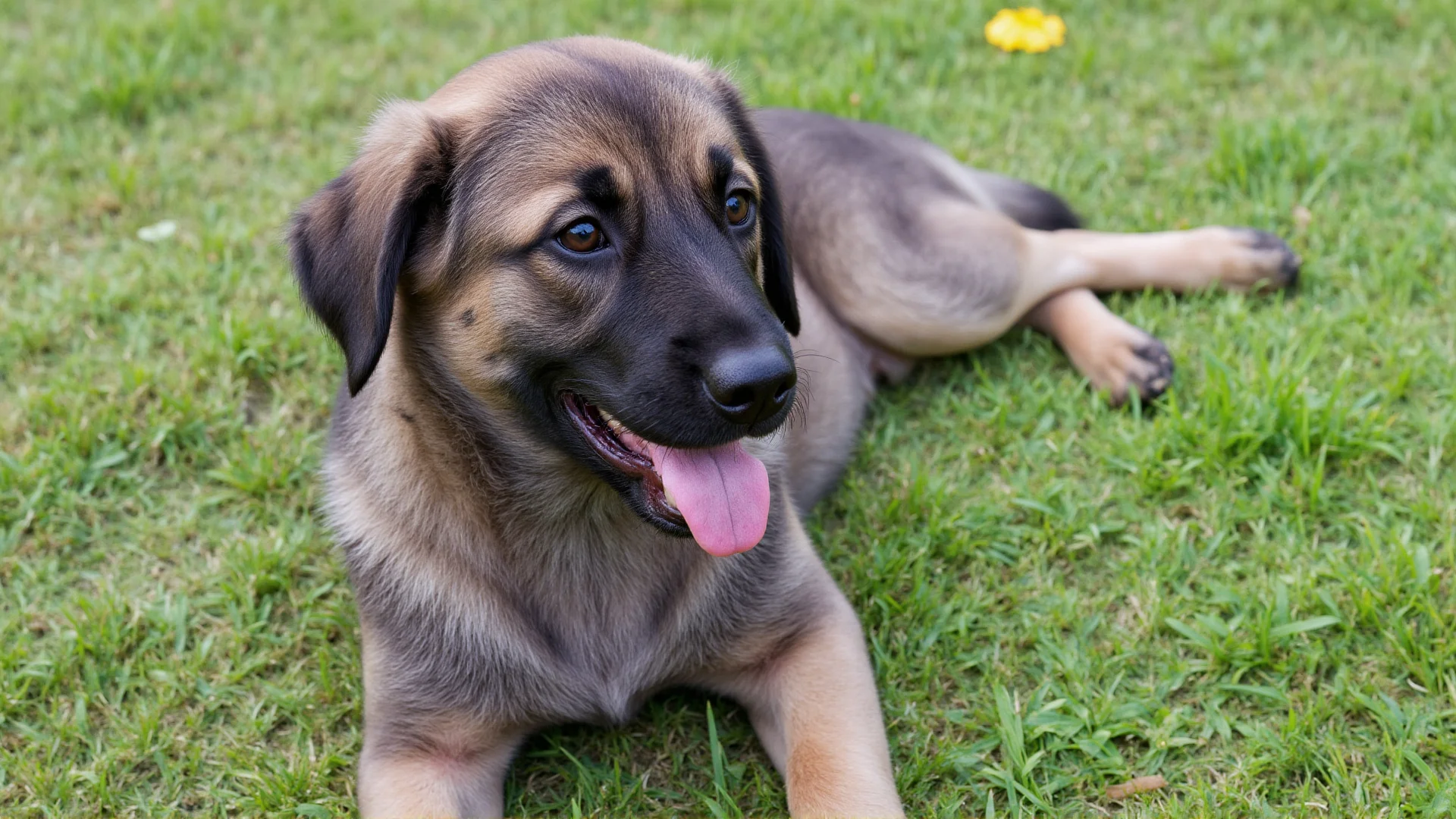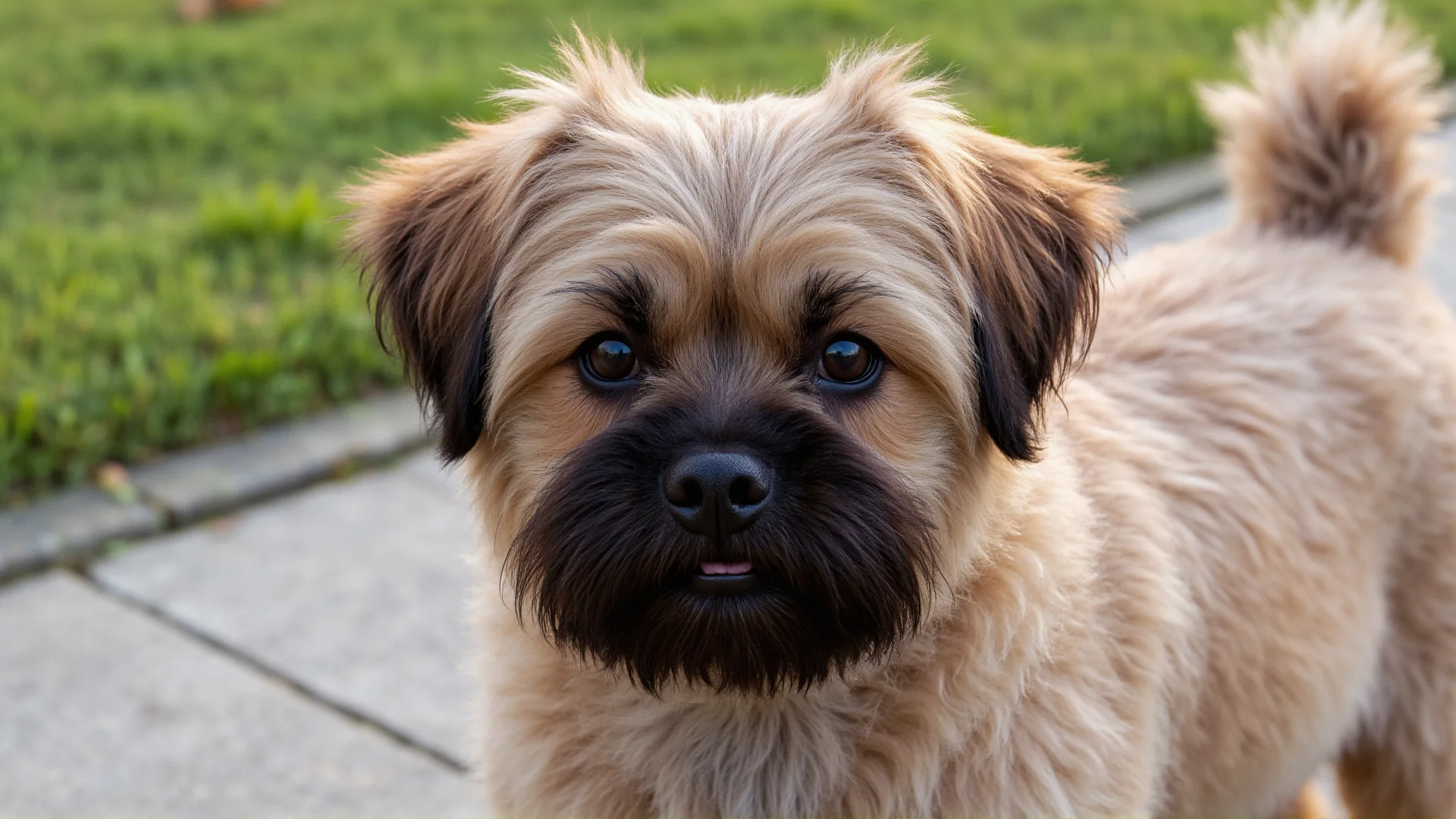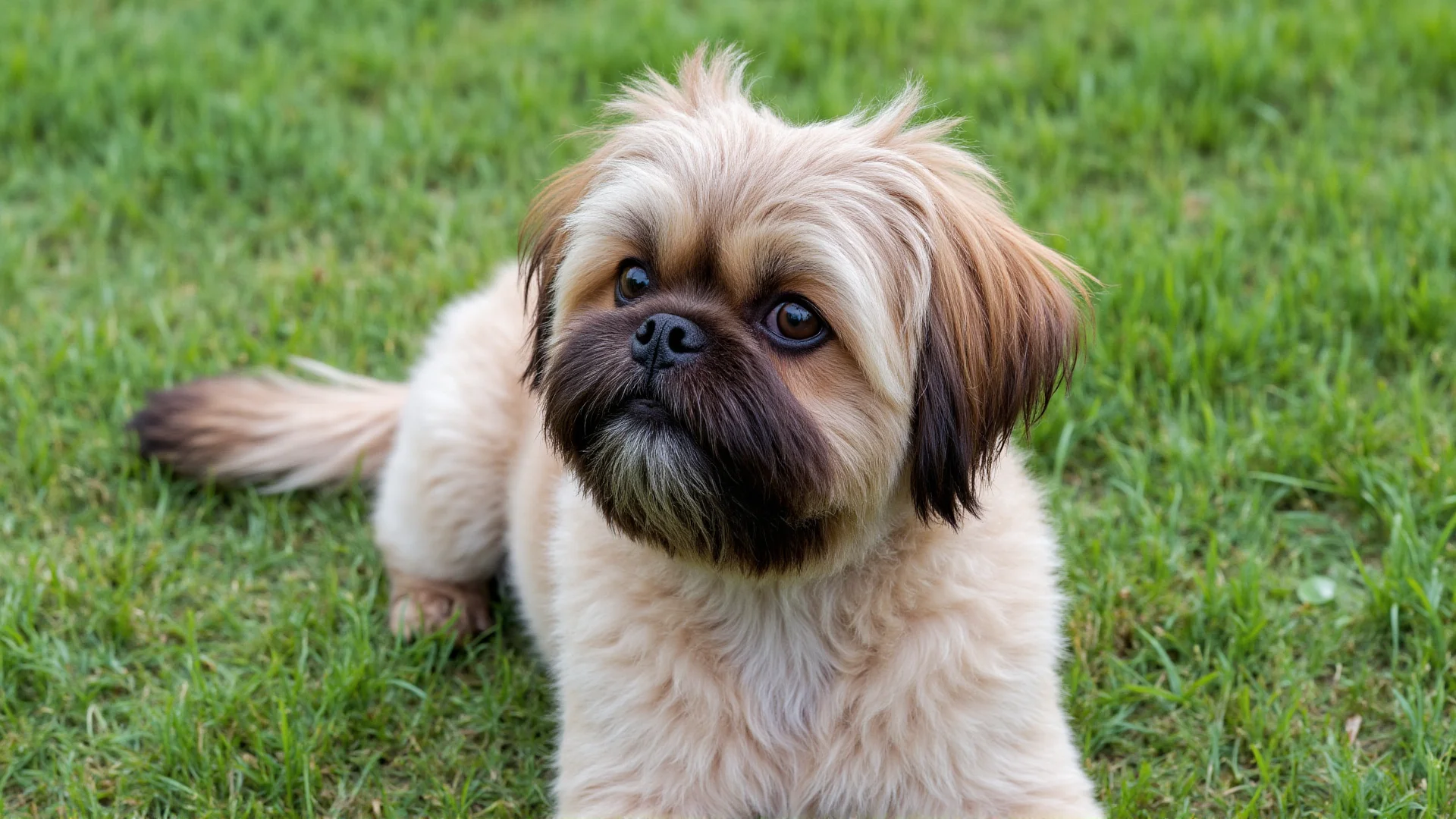The Norwegian Lundehund: Unveiling the Secrets of Nature's Most Unique Hunting Dog
Deep in the rugged fjords of Norway lies the story of one of the world's most extraordinary hunting dogs - the Norwegian Lundehund. This remarkable breed, whose name literally translates to "Puffin Dog," represents centuries of specialized breeding for one of the most challenging hunting tasks imaginable.
A Hunter Born from Necessity
The Norwegian Lundehund's hunting heritage dates back over 400 years to the remote Lofoten Islands, where Norwegian fishermen needed a dog capable of navigating treacherous cliff faces to hunt puffins. These seabirds nested in seemingly impossible locations - narrow crevices and caves carved into sheer rock walls hundreds of feet above the churning Arctic Ocean.
Traditional hunting methods proved inadequate for accessing these precarious nesting sites. What emerged was a breeding program focused on creating a dog with almost supernatural abilities: extreme flexibility, sure-footedness, and the courage to work in conditions that would challenge even the most experienced mountaineers.
Anatomical Marvels: Built for the Hunt
The Six-Toed Advantage
Perhaps the most striking feature of the Norwegian Lundehund is their polydactyl feet - six fully functional toes on each paw instead of the typical four. This isn't merely a genetic curiosity; it's a precisely engineered hunting tool. The extra toes, complete with muscles, tendons, and paw pads, provide extraordinary grip on wet, slippery rocks and allow the dog to distribute weight more evenly across unstable surfaces.
Flexibility Beyond Belief
The Lundehund's skeletal structure defies conventional canine anatomy. Their neck vertebrae allow them to bend their head completely backward to touch their spine - a crucial ability when backing out of narrow puffin burrows. Their shoulder joints possess an unusual range of motion, enabling them to spread their front legs nearly flat against cliff faces for maximum stability during climbs.
Protective Ear Design
Evolution equipped the Lundehund with ears that can fold closed and tilt forward, creating a natural seal against water, dirt, and debris. This adaptation proved essential when navigating dusty, wet cave systems where puffins nested, protecting their sensitive hearing while maintaining their ability to locate prey through sound.
Hunting Techniques and Instincts
The Cliff Dance
Watching a Norwegian Lundehund work is witnessing poetry in motion. Their hunting style, refined over centuries, involves a careful reconnaissance of cliff faces, identifying potential nesting sites through scent and sound. They move with deliberate precision, testing each foothold before committing their full weight, their six-toed feet gripping surfaces that would challenge professional rock climbers.
Puffin Psychology
Successful puffin hunting required more than physical prowess; it demanded an understanding of prey behavior. Lundehunds developed an instinctive knowledge of puffin habits - when they returned to roost, how they reacted to threats, and the optimal times for accessing nests without endangering eggs or chicks unnecessarily.
The Retrieval Challenge
Capturing puffins was only half the battle. The Lundehund had to safely transport live birds down treacherous cliff faces without injury to themselves or their prey. Their soft mouth, typical of retrieving breeds, combined with an innate understanding of pressure and grip, allowed them to carry birds securely while maintaining the three-point contact necessary for safe climbing.
Modern Hunting Applications
Adapting Ancient Skills
While puffin hunting has largely ceased due to conservation concerns, the Norwegian Lundehund's hunting instincts translate remarkably well to modern applications. Their exceptional problem-solving abilities, developed through generations of navigating complex three-dimensional puzzles, make them outstanding partners for various hunting activities.
Small Game Expertise
Contemporary Lundehund owners have discovered their dogs excel at hunting rabbits, squirrels, and other small game that utilize burrow systems or complex terrain for escape. Their ability to navigate tight spaces and their persistent, methodical approach to problem-solving makes them formidable opponents for clever prey.
Search and Tracking
The same instincts that allowed Lundehunds to locate puffin nests serve them well in tracking wounded game or conducting search operations. Their patience, combined with their ability to work in challenging terrain, makes them valuable partners for hunters who frequently operate in mountainous or heavily wooded areas.
Training the Lundehund Hunter
Respecting Natural Instincts
Training a Norwegian Lundehund requires understanding that their hunting drive isn't learned behavior - it's hardwired into their DNA. Successful training builds upon these natural instincts rather than trying to override them. Start with basic obedience, ensuring your Lundehund understands recall commands before allowing them to explore their hunting instincts freely.
Environmental Conditioning
Gradually introduce your Lundehund to various terrains and hunting scenarios. Begin with simple tracking exercises in familiar environments before progressing to more challenging terrain. Their natural confidence will develop as they learn to trust their unique abilities.
Prey Drive Management
The Lundehund's hunting drive can be intense. Channel this energy constructively through structured hunting activities, puzzle games, and scent work. Without proper outlets, their hunting instincts may manifest as destructive behavior or excessive prey drive toward inappropriate targets.
Health Considerations for Active Hunters
Lundehund Syndrome Awareness
Norwegian Lundehunds are susceptible to a breed-specific digestive condition called Lundehund Syndrome. This protein-losing enteropathy can affect their energy levels and overall health. Hunters should work closely with veterinarians familiar with the breed to develop appropriate feeding and exercise protocols that account for this condition.
Joint Care and Maintenance
Despite their remarkable flexibility, Lundehunds require careful joint maintenance, especially as working dogs. Regular veterinary checkups, appropriate nutrition, and controlled exercise help preserve their unique musculoskeletal system throughout their hunting careers.
The Future of Lundehund Hunting
As we move forward, the Norwegian Lundehund represents more than just a remarkable hunting dog - they're living testament to the incredible adaptability and specialization possible through selective breeding. While their original puffin-hunting role has evolved, their unique capabilities continue to find new applications in modern hunting and working dog contexts.
For hunters seeking a truly unique partner, one capable of accessing terrain and solving problems that challenge conventional hunting dogs, the Norwegian Lundehund offers unparalleled capabilities wrapped in a compact, intelligent package. Their legacy as cliff-diving puffin hunters lives on in every six-toed step they take into new hunting adventures.




